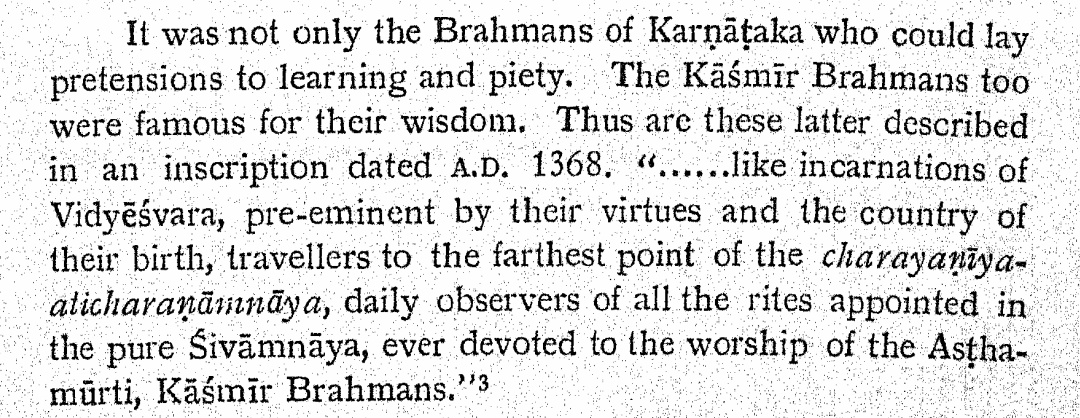
Marco Polo, who traveled through the Pandyan kingdom in the 1290's describes people's hygiene habits.
1) Bath twice a day.
2) Always eat with right hand.
3) Never drink from other people's vessels.
4) Never allowed lips to make contact with vessel while drinking.
1) Bath twice a day.
2) Always eat with right hand.
3) Never drink from other people's vessels.
4) Never allowed lips to make contact with vessel while drinking.

People of Pandya kingdom majorly abstained from consuming alcohol. And those who did drink didn't enjoy high regards of the society. 

Children of darker skin texture were highly regarded. Parents applied sesame oil on children to give their skin a nice lustrous texture.
Polo notes the images of the gods were also dark.
(Inference : Dark color skin was never looked down upon in Bharat)
Polo notes the images of the gods were also dark.
(Inference : Dark color skin was never looked down upon in Bharat)

Source : Foreign notices of South India by Nilakanta Sastri.
• • •
Missing some Tweet in this thread? You can try to
force a refresh
















